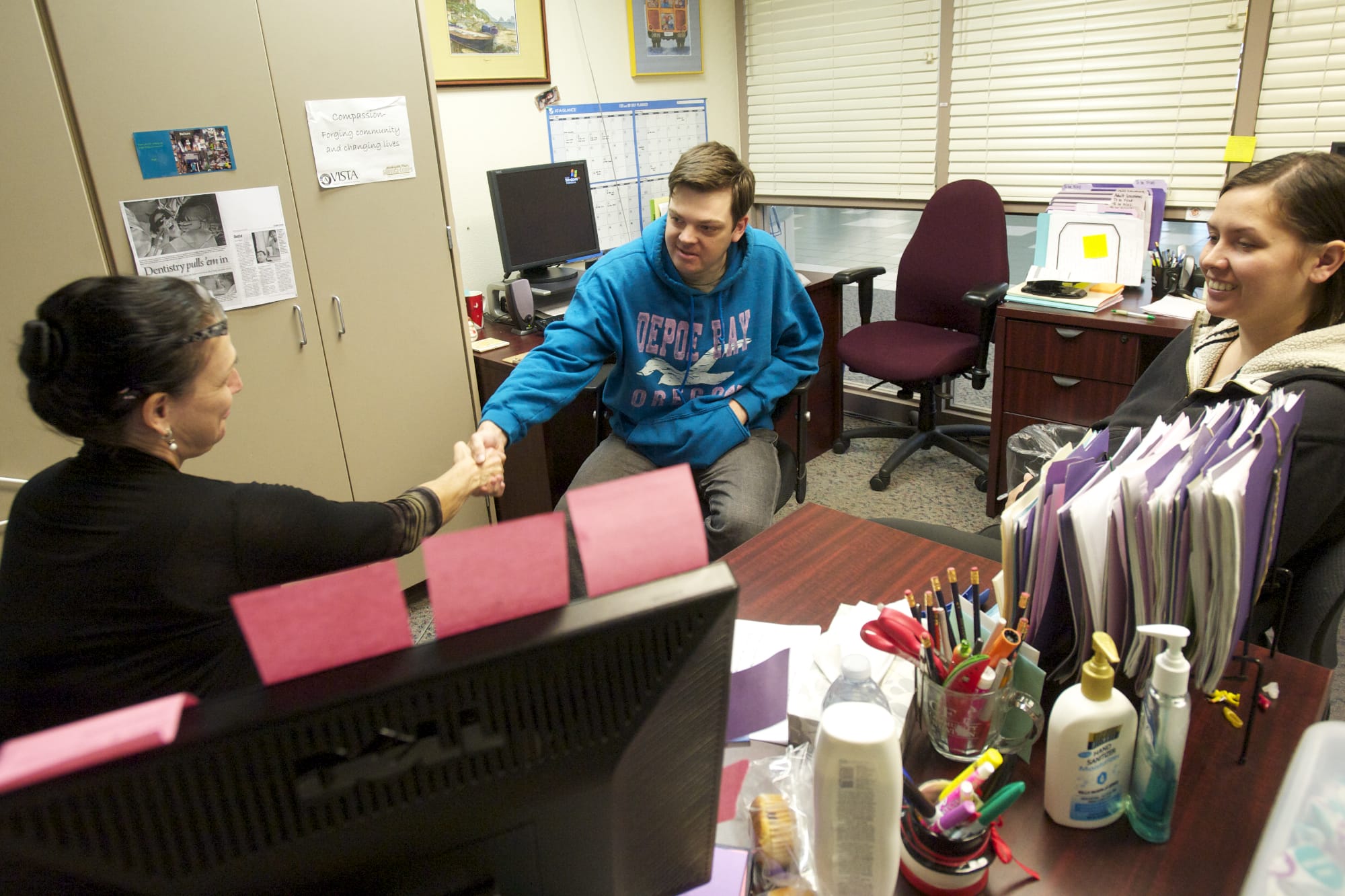Health officials spread the word
on Medicaid
While the Medicaid expansion has added 19,000 new adults to the Medicaid program, local health officials say their work isn't done yet.
"We're doing great, but we know we're just scratching the surface," said Lynn Johnson, community health specialist with Clark County Public Health.
Public health, the Free Clinic of Southwest Washington and other local organizations will now turn their attention to identifying those who remain uninsured and, if they're eligible, getting them enrolled in the Medicaid program.
This summer, they'll visit organizations that help the homeless, such as the Friends of the Carpenter and local churches, and summer events throughout the community to educate people about Medicaid. The free clinic will continue to help eligible patients to enroll in Medicaid when they come in for appointments and hold weekend enrollment sessions.
Public health workers will also continue to try to reach the Hispanic population and dispel misconceptions about the Affordable Care Act. One of the biggest issues health workers run into, Johnson said, is parents who are not legal residents and fear they'll be reported to federal immigration authorities if they enroll their children in Medicaid. Only legal residents are eligible for Medicaid.
The goal is to get as many people who qualify for health coverage enrolled in the program.
"We're closing the cracks in the ground people are falling through," said Zac Sanders of the free clinic.
-- Marissa Harshman




